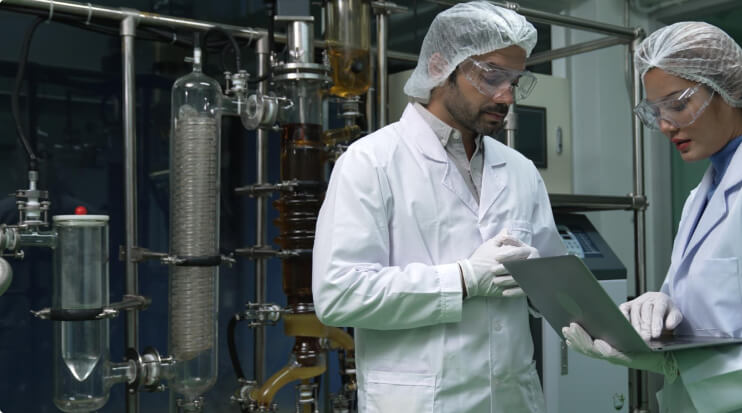The PVC (Polyvinyl Chloride) industry has long been integral to global infrastructure, automotive, healthcare, and packaging sectors. However, what was once valued primarily for durability and cost-effectiveness is now undergoing a profound evolution. The future of PVC lies in how smartly it integrates advanced, sustainable additives to meet rising demands for safety, performance, and environmental responsibility.
Today’s innovation landscape in PVC additives is not only driven by performance requirements but also by regulatory pressures, consumer expectations, and global sustainability goals. The industry is seeing significant strides across several dimensions, reshaping the future of PVC materials.
Sustainability at the Core of Additive Innovation
One of the most profound shifts is the growing demand for sustainable and eco-friendly additives. Traditional phthalate-based plasticizers, once widespread, are being systematically replaced due to their health and environmental risks. In their place, bio-based plasticizers—derived from renewable resources—are rapidly gaining traction, offering similar performance profiles without the associated toxicity.
Stabilizer technologies are also evolving. There has been a decisive move away from lead-based stabilizers, historically used for their excellent performance but flagged for their environmental and health impacts. Calcium-zinc stabilizers have emerged as the preferred alternative, especially in Europe and Asia-Pacific regions, due to their safer profiles and compliance with stringent regulatory frameworks.
Additionally, manufacturers are integrating recycled and renewable feedstocks into additive production processes. This not only reduces carbon footprints but also aligns with broader circular economy principles, contributing toward a more sustainable and resource-efficient value chain.
Breakthroughs in Heat Stabilization Technologies
Heat stabilizers play a critical role in ensuring the thermal stability of PVC during processing and throughout its lifecycle. In recent years, the global chemical industry has committed to phasing out lead-based stabilizers by 2030, accelerating the need for advanced alternatives.
Calcium-organic systems are gaining prominence as effective replacements, offering high performance, better compatibility with different PVC formulations, and superior processing characteristics. These systems enhance product quality while complying with environmental norms.
Furthermore, the adoption of customized one-pack stabilizer blends is simplifying manufacturing processes. These blends combine multiple additives in precise ratios, ensuring consistent quality, better processability, and optimized performance, especially in complex applications like cable insulation, pipes, and profiles. Tin-based stabilizers, once dominant in certain rigid applications, are increasingly relegated to niche uses.
The Emergence of Performance-Enhancing Additives
Beyond basic stability, PVC applications today require higher performance levels to meet evolving industry needs. As a result, next-generation additives are being developed to deliver enhanced mechanical, thermal, and safety characteristics.
Impact modifiers, such as advanced acrylic and chlorinated polyethylene (CPE)-based systems, are improving flexibility and low-temperature resistance. These additives are particularly critical for applications in construction, automotive, and industrial sectors.
At the same time, there is a rising demand for halogen-free flame retardants (HFFR). The construction, transportation, and electrical industries increasingly require materials that minimize toxic emissions and smoke generation during fires.
Additionally, the development of smart additives is adding new dimensions to PVC products:
– Anti-microbial additives are enhancing hygiene in healthcare, packaging, and food-contact applications.
– UV stabilizers are boosting the outdoor durability of PVC, protecting against degradation from sunlight and extending product lifespans.
Driving Compliance and Innovation Simultaneously
Compliance with international standards such as REACH, RoHS, and various food-contact regulations is no longer optional. Additive manufacturers are innovating with compliance in mind, ensuring that new formulations meet global regulatory requirements while providing enhanced functionalities.
In parallel, the integration of digital technologies in additive development—such as advanced material modeling and simulation—is enabling faster, more efficient product innovation cycles.
Conclusion: A Smarter, Safer, Greener Future for PVC
The transformation underway in PVC additive technology is a testament to the industry’s commitment to innovation, sustainability, and market responsiveness. Additives are no longer just functional ingredients—they are strategic enablers that determine the material’s relevance in future applications.
With the increasing convergence of performance, regulatory compliance, and sustainability imperatives, PVC products are evolving to be smarter, safer, and greener. The next generation of PVC materials will not only meet the demands of modern infrastructure and consumer industries but will also align with global efforts to build a more sustainable future.


